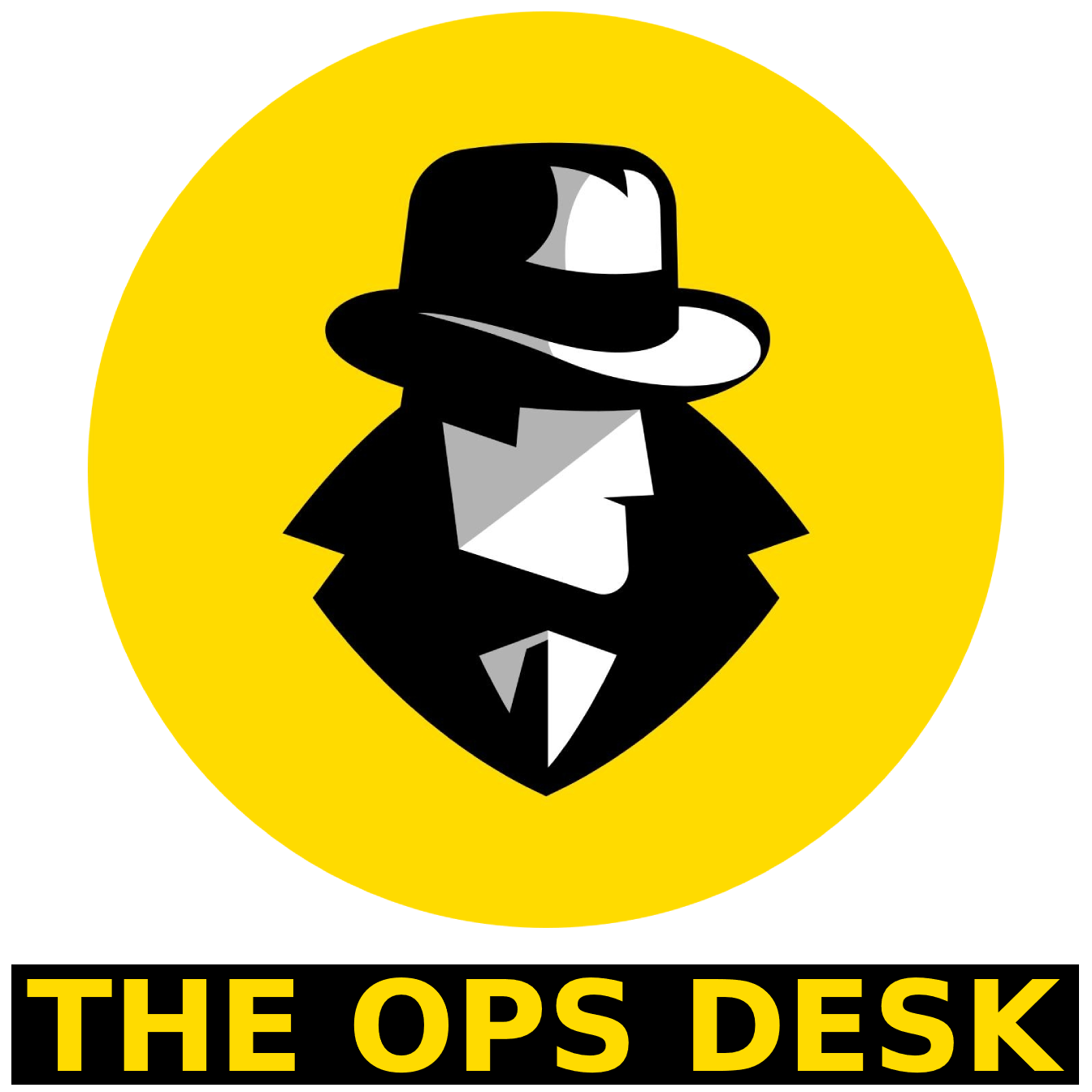In the early hours of August 13, 1961, East German soldiers initiated the construction of a barrier of barbed wire and bricks, separating Soviet-controlled East Berlin from the democratic western part of the city.
Following the defeat of Germany in World War II, the country was divided into four occupation zones controlled by the Soviet Union, the United States, Britain, and France. Although Berlin was located within the Soviet zone, the city itself was split, with the Soviets controlling the eastern portion. After the Allies successfully countered a Soviet blockade of West Berlin in June 1948 through a massive airlift, East Berlin became even more tightly integrated into the Soviet sphere. Over the next 12 years, East Germany, now isolated from the West and functioning as a Soviet satellite state, saw between 2.5 million and 3 million of its citizens flee to West Germany in search of better opportunities. By 1961, around 1,000 East Germans, including numerous skilled workers, professionals, and intellectuals, were defecting to the West every day.
In August 1961, East German Communist leader Walter Ulbricht received approval from Soviet Premier Nikita Khrushchev to completely sever access between East and West Berlin. On the night of August 12-13, soldiers began laying over 100 miles of barbed wire just inside the East Berlin border. This temporary barrier was soon replaced by a six-foot-high, 96-mile-long concrete wall, equipped with guard towers, machine gun posts, and searchlights. East German officers, known as the Volkspolizei or “Volpos,” maintained constant surveillance of the Berlin Wall.
For many Berliners, the morning of August 13 brought the shocking realization that they were suddenly cut off from friends and family members in the opposite half of the city. West Berliners, led by their mayor, Willi Brandt, protested against the wall, with Brandt condemning Western democracies, particularly the United States, for their inaction. President John F. Kennedy had previously stated that the United States could only provide support to West Berliners and West Germans, and any intervention on behalf of East Germans would likely end in failure.
The Berlin Wall quickly became one of the most potent and enduring symbols of the Cold War. In June 1963, President Kennedy delivered his famous “Ich bin ein Berliner” (“I am a Berliner”) speech in front of the Wall, celebrating Berlin as a beacon of freedom and democracy in the face of tyranny. In 1970, the Wall was raised to 10 feet in height to further deter escape attempts, which at the time occurred almost daily. Between 1961 and 1989, approximately 5,000 East Germans successfully escaped, while many others tried and failed, often with tragic outcomes that fueled international condemnation of the Wall.
By the late 1980s, East Germany, influenced by the weakening of Soviet power, began to implement liberal reforms. On November 9, 1989, crowds of East and West Germans converged at the Berlin Wall, climbing over and beginning to dismantle it. The destruction of this symbol of Cold War repression marked the beginning of German reunification, which was formally completed with the signing of a unification treaty on October 3, 1990.











